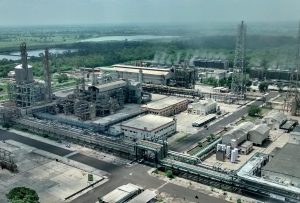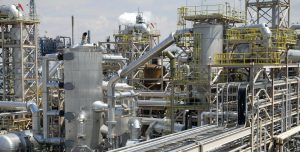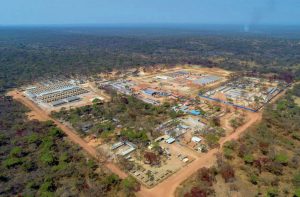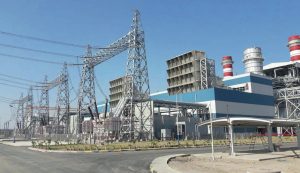
Sulphuric Acid News Roundup
German slurry handling specialist Vogelsang has just launched a new acidification technology which it claims will reduce ammonia emissions from agriculture, reducing up to 70% of ammonia to nutrient rich ammonium. Its new SyreN technology is an onboard sulphuric acid dosing system for tractors that treats slurry or digestate as it is applied to the land. It uses a front-linkage mounted unit to carry the acid, which also improves tractor weight distribution. The acid is dosed when the organic fertiliser is fed to the applicator, with a pH regulator automatically controlling and adjusting the flow. Nitrogen uptake of organic fertilizer is also increased by up to 1/3 as the ammonium is more easily metabolised by the soil. Results from a study in Germany showed that the acidifying slurry increased crop yield by up to 20%. The sulphur contained in the acid also becomes available to the plants as sulphate after spreading, eliminating the need for an additional pass over the field to administer a supplementary sulphur fertiliser, such as ammonium sulphate nitrate. At approximately 30 kg/ha, the amount of sulphur introduced into the crop with the SyreN system corresponds to the average amount of sulphur that is already applied to crops in the course of a growing season.







